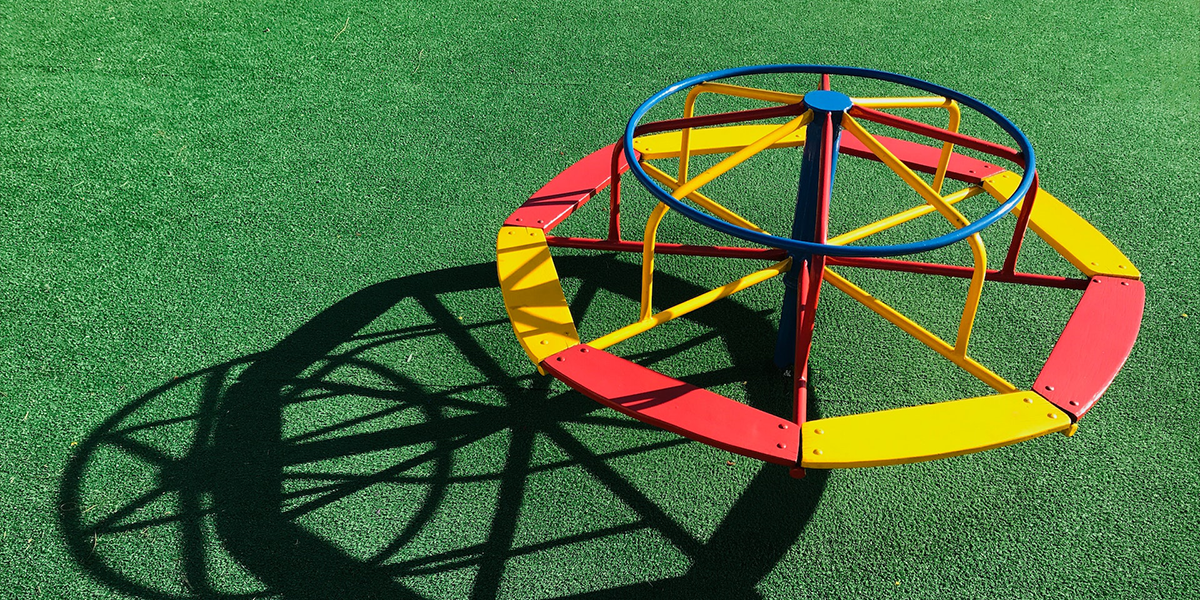Remember swings? Seesaws? Carousels (those playground spinny things)?
Well, it may sadden you to know that all three are now officially banned in Australian public schools.
You might be asking yourself, um, what’s the deal?!
Well, while the seemingly harmless playground favourites might conjure some pretty sentimental memories from our childhood, studies show they’re actually pretty dangerous.
Experts say the most common playground injuries caused by playground equipment like swings, seesaws and carousels are fractures and dislocations (ouch).
The most recent data we could find showed more than 680,000 Aussie kids under the age of 16 were treated for injuries sustained in playgrounds in the decade leading up to 2012.
And according to the New South Wales government’s ‘Playing it Safe’ guidelines for the installation and maintenance of playground equipment in NSW government schools, falls from playground equipment are the most common cause of childhood injuries.
In fact, back in 1993 the NSW Health Department found playground injuries accounted for 16% of kids’ admissions to hospitals in NSW and were, overall, the most common cause of admission to hospital for early childhood in the 5 to 9 years age group.
And while those injuries can be incredibly painful (and the stats pretty concerning), what’s really scary is that these former playground staples are also a leading cause of death among Aussie children.
With that in mind it makes sense for local governments and schools to remove swings, seesaws, carousels and even slides from public and school playgrounds.
So how are governments creating safer playgrounds for our kids?
First of all, according to the New South Wales government’s ‘Playing it Safe’ guidelines, all new playground equipment must comply with the current Aussie risk management standards.
And it’s a whole lot more than many parents would realise.
First off, there’s the banned equipment which includes swings, seesaws and carousels, as we mentioned before.
But maypoles and flying foxes (except in the case of Field Study Centres or non-mainstream school locations with written approval) are also banned.
Additional new standards include protection against falling (with a maximum free height of fall limited to 2.5 metres), protection against entrapment, and the provision of guardrails and safety rails on equipment platforms.
(Source: New South Wales government’s ‘Playing it Safe’ guidelines)
And there’s a whole lotta other safety considerations to prevent accidents or incidents involving playground equipment, such as installation-supplier vetting and environmental considerations such as providing distinct playground borders and clearances/safe fall zones, implementing impact-absorbing surfaces and concrete footings (to ensure the structural integrity of the playground equipment), rules on rope scrambling nets, tyres and tube ends…
Honestly, the list goes on.
If you’re still curious you can read about it in more detail here.






